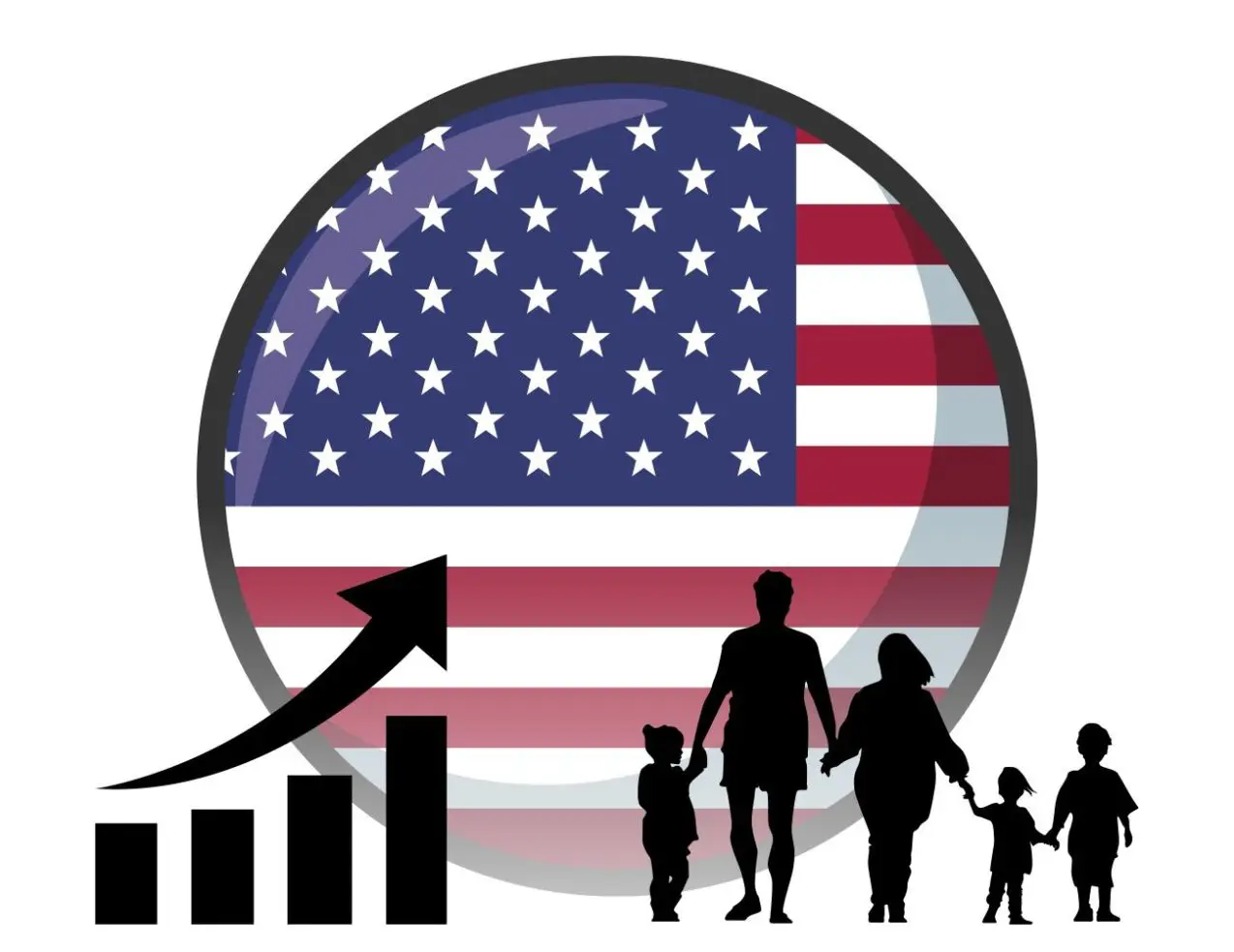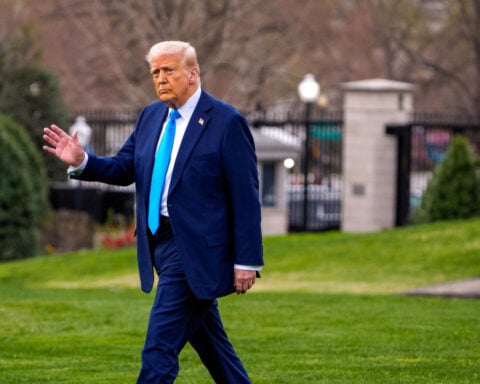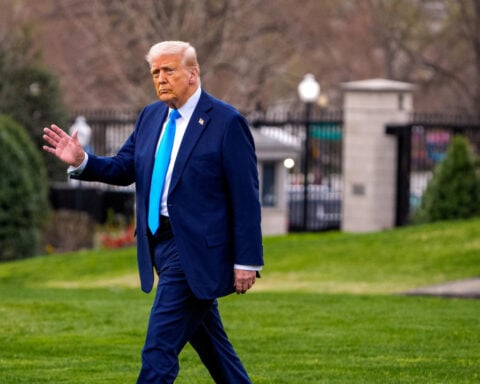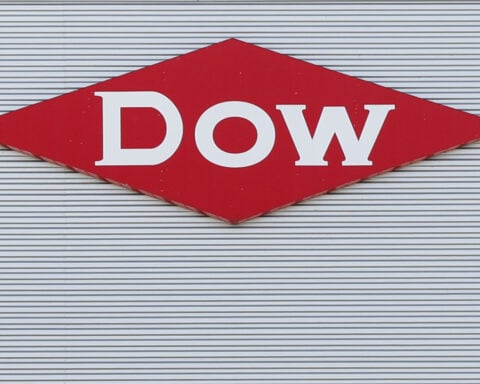The Native American population in the United States has seen a remarkable growth rate of 85% in the last decade. The U.S. Census data report shows a spike from 5.2 million in 2010 to 9.6 million in 2020. This striking increase in the Native American population, surpassing the growth rates of other racial groups, has left experts perplexed as they struggle to attribute the surge solely to immigration or elevated birth rates.
After a more thorough examination, census officials and scholars have proposed a theory suggesting that significant alterations in the categorization and counting of race data during the 2020 Census unveiled previously unforeseen figures of individuals identifying as Native American. This often occurred in conjunction with other racial backgrounds. For the first time, the census introduced the option for multiple write-in responses, which were then manually coded and cross-referenced with an official origin list. This innovative approach allowed individuals to specify "Cherokee" or other native origins within a multiracial identity, even if they had initially selected "White" or "Black" as their primary racial designation.
Consequently, the count of Americans acknowledging partial Native American or Alaska Native heritage experienced a twofold increase from 770,000 in 2010 to approximately 1.5 million in 2020. Carolyn Liebler, a sociologist specializing in Indigenous demography at the University of Minnesota, asserts that the Census Bureau played a pivotal role in driving this shift. Liebler suggests that the change is more attributable to the updated race question and response coding protocols rather than a sudden surge in the general population embracing Native American ancestry.
Centuries of Indigenous Assimilation Reshape Modern Identity
To understand this swelling of native identity, experts point to centuries of forced assimilation that broke native ties and led to more intermarriage between Native Americans and other groups. Starting in the late 19th century, Native American children were removed from tribes and sent to brutal boarding schools aimed at stamping out their cultural identity. Later policies financially incentivized Indigenous people to leave reservations and assimilate in cities.
These practices severed familial and community bonds for Native Americans while creating more genetically mixed descendants less connected to specific tribes. As a result, Native Americans have exceptionally high rates of multiracialism compared to other racial categories in modern times. The legacy of assimilation laid the groundwork for more Americans today to embrace distant Native American lineage within a mixed racial makeup.
Cherokee Identity Surges Among Mixed-Race Americans
The vast majority of growth came from a doubling in Americans identifying as partially Native American, especially those noting Cherokee origins, which skyrocketed from 770,000 people in 2010 to 1.5 million in 2020. The number marking only a single, exclusive Cherokee background still declined slightly. The disproportionate leap for Cherokee background underscores peculiarities about perceptions of that tribe. Here, you can learn about Charokee ancestry.
Cherokees had an outsized cultural footprint as one of the "Five Civilized Tribes" due to economic prosperity and slave ownership, said Gregory Smithers, a professor at Virginia Commonwealth University. For similar reasons, whites often viewed Cherokees as more culturally analogous than other tribes. Cherokees also frequently incorporated outsiders through intermarriage to expand political alliances.
Furthermore, the Cherokee people faced especially destructive federal policies, including the notorious Trail of Tears that disseminated them widely. This shared history of oppression created additional perceived bonds between some white Southerners and Cherokees.
These multifaceted trends concentrated Cherokee lineage within whiter communities of the Southeast and set the foundation for many Americans with scant native ties to present hazy stories of a "Cherokee grandmother" in their family tree. The romanticized associations and wide footprint of the Cherokees enhanced their familiarity with Americans seeking meaningful roots.
Tribal Identity Diverges from Race Measurements
Native American scholars argue that tribal enrollment and community engagement denote Native American identity more accurately than race categories or DNA tests, which reveal past genetic mixtures. The wide nets cast by expanding family trees over generations mean many Americans carry traces of native blood while lacking meaningful affiliation with tribal culture.
"It's why so many people insist that Native American identity is a question of political citizenship rather than race," said Robert Maxim, a Mashpee Wampanoag researcher at the Brookings Institute.
Still, the recent swelling of native identity claims based on partial ancestry signifies an increasing desire to embrace Indigenous roots, however vague or conflicted by other aspects of a mixed background.
https://www.lapost.com/despite-economic-prosperity-america-continues-to-grapple-with-stubborn-poverty/
"Most race shifters see themselves not as White people who ‘play Indian,' but as long-unrecognized American Indians who have been forced by historical circumstances to ‘play White,'" said Circe Sturm, an anthropologist at the University of Texas at Austin, in a recent analysis.
In that spirit, changing attitudes around race and privilege may impel more Americans to probe any family lore about their forgotten native forebears. The COVID-19 pandemic also brought an unexpected time for self-reflection and awareness of marginalized groups for some Americans.
For the United States, acknowledging this wider legacy of native genes and stories woven through the national tapestry provides an opportunity to reassess the country's mythologies and treatment of Indigenous people. That nuanced reckoning aims to give appropriate voice and representation to living Native American tribes within present-day society. Their vibrant cultures and identities persist regardless of any census figures.

 Trump has begun another trade war. Here's a timeline of how we got here
Trump has begun another trade war. Here's a timeline of how we got here
 Canada's leader laments lost friendship with US in town that sheltered stranded Americans after 9/11
Canada's leader laments lost friendship with US in town that sheltered stranded Americans after 9/11
 Chinese EV giant BYD's fourth-quarter profit leaps 73%
Chinese EV giant BYD's fourth-quarter profit leaps 73%
 You're an American in another land? Prepare to talk about the why and how of Trump 2.0
You're an American in another land? Prepare to talk about the why and how of Trump 2.0
 Chalk talk: Star power, top teams and No. 5 seeds headline the women's March Madness Sweet 16
Chalk talk: Star power, top teams and No. 5 seeds headline the women's March Madness Sweet 16
 Purdue returns to Sweet 16 with 76-62 win over McNeese in March Madness
Purdue returns to Sweet 16 with 76-62 win over McNeese in March Madness








